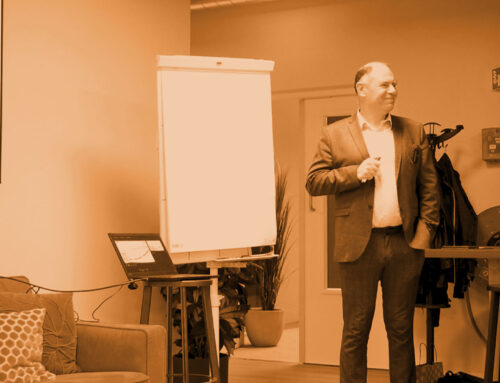Are you looking for a new challenge in your work? do you miss diversity as a developer in terms of projects and assignments at your client or employer? or do you miss contact with other people? Then you might consultant, according to René van Seuren, Senior System Architect at BPM Company.
The diverse assignments and projects that you can work on here, as a Pega Developer are very diverse. Something that is self-evident with a regular employer or customer. In this blog I would like to shares my experience and opinion about working as a Consultant at BPM Company and have some useful tips for you to get moving.

“It was precisely the variety of working for different projects and clients that was the reason for me to choose a job at BPM Company.” – Rene van Seuren
Experience as a Pega Architect and consultant
“Do you work within a company through another organization? Then it’s a fixed hourly billing.” You see and hear this often. Also when I explain how you are involved in an assignment or work for a customer. Yes, of course there is money involved, but there is more to it. As a specialist, BPM Company is looking at your knowledge and your match with the customer and the assignment. Who are you as a person? Do you fit in with the team, and with the organization? After all, it’s better for everyone if you’re having a good time. For the customer, for your employer and last but not least: yourself.
The period of your commitment is unknown in advance
If you start working for a customer or project, nine times out of ten you will be part of a (project) team. The duration of such a deployment is not known in advance. This is in contrast to, for example, an individual effort, such as providing a training, of which the outcome and lead time are fixed. So, unless a customer stops the project/deployment, the project/role will last longer than your deployment lasts. That is of course not a bad thing, but keep this in mind and remain aware of this in your work. The question that some struggle with during their assignment is: “When is it time to end a deployment and switch clients/projects?” The signs I look out for are:
- You feel part of the customer’s furniture and you are therefore ready for something different (different environment, different role or maybe even a different technique)
- For example, you start saying to new colleagues: “That’s how we’ve always done it”
In 6 steps you take the lead and make it negotiable
When you have finally decided for yourself that it is time for something else, some run into the following question: “How do I approach the termination of my bet?”. It will of course not be possible to switch from one day to the next. You go through a number of steps:
- Make it negotiable
Discuss your wish to end the deployment with your manager during a periodic meeting or contact in between. - Research the cause
Together with your manager you look at the reason why you want to change and what your ambitions may be for a next deployment. Because only when the ambition is known, you can look for the best possible next match. - View the possibilities
Togheter you can look at which projects are/will be available and by when. - Communicate (at the right time)
Also decide with your manager what is a good time to inform the current customer and team that you want to stop. - Go internalorient
Often there will be an intake interview with a customer to see if there is indeed a match. Again aware that your feeling is also important here. - Make a realistic plan
Determine in consultation with your manager, current and future customer when you can switch. Time will be needed for the transfer of yourself to your successor and also for the transfer of the person from whom you are taking over to yourself.
Plan your work well during a transfer/rounding period
If it is clear that and also when you are going to leave the project, you should start planning your remaining work there as well. It sometimes happens that someone continues to work as if the person is not going to leave and then everything has to be handed over in the last week / few days. Therefore, keep an eye on the following points during this period:
- Stop taking on tasks that you know you can’t complete before you leave.
- Consider what the relevant topics are and whether sufficient documentation is available on them
- Schedule actual time to update or even create documentation
- If possible, let your successor walk along with your work/meetings/etc.
Don’t forget to do a final evaluation with the client/project. You can often learn from that for a next bet and it is also appreciated by the customer (you never know whether you will come back to the same customer again for a new bet).
The certainty and space as a consultant
When you start working as a consultant, you have consciously chosen to work for different clients and/or projects. Clients who have hired you and your manager also know this. So don’t be afraid to take action when you notice it’s time to switch. This will in any case cause less stress and hassle in an environment where this is possible. This is especially nice for an organization with several clients, or for a client with multiple assignments. Because when you have to change clients independently, or you work for an employer that ultimately cannot offer sufficient diversity in assignments, you continue to limit yourself.
Curious about working at BPM Company?
Take a look at our vacancies or ask Hans Steenwijk:
Meer informatie:







